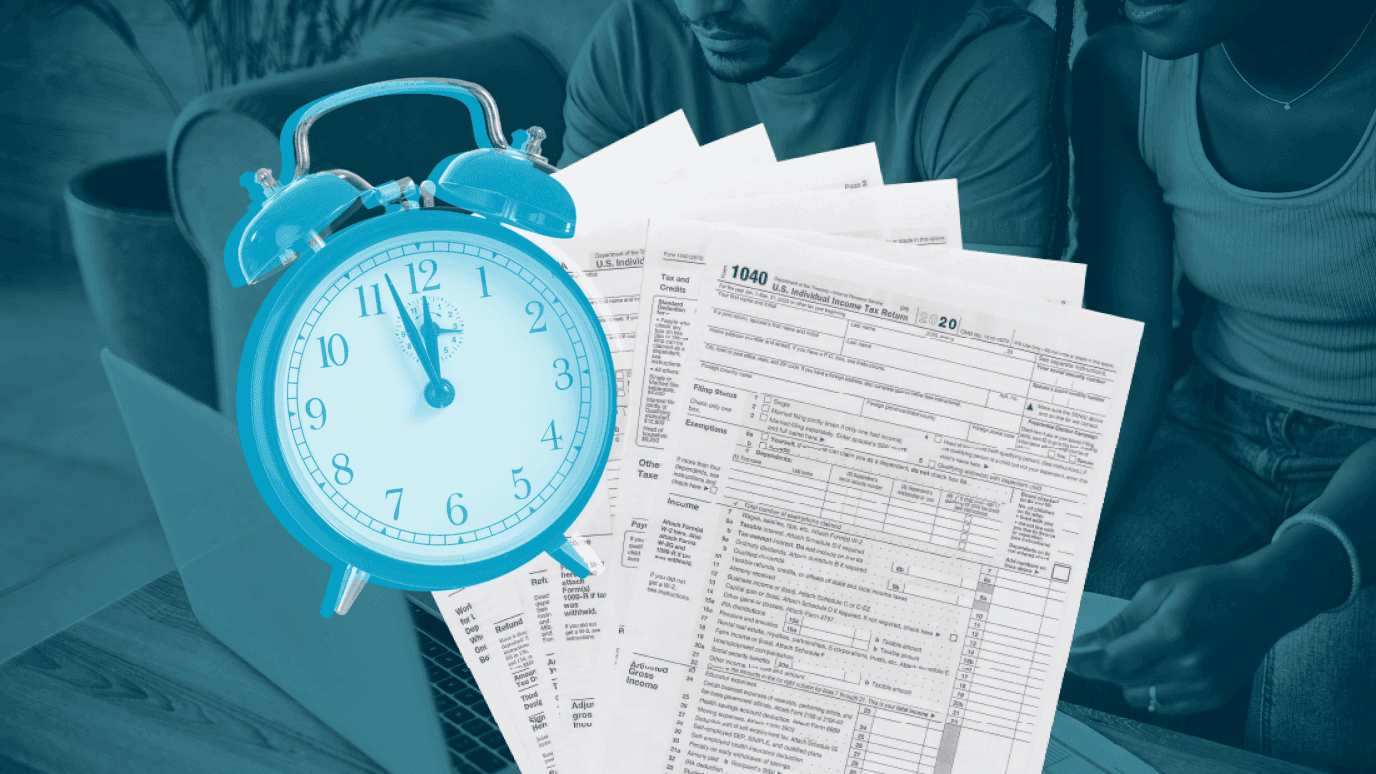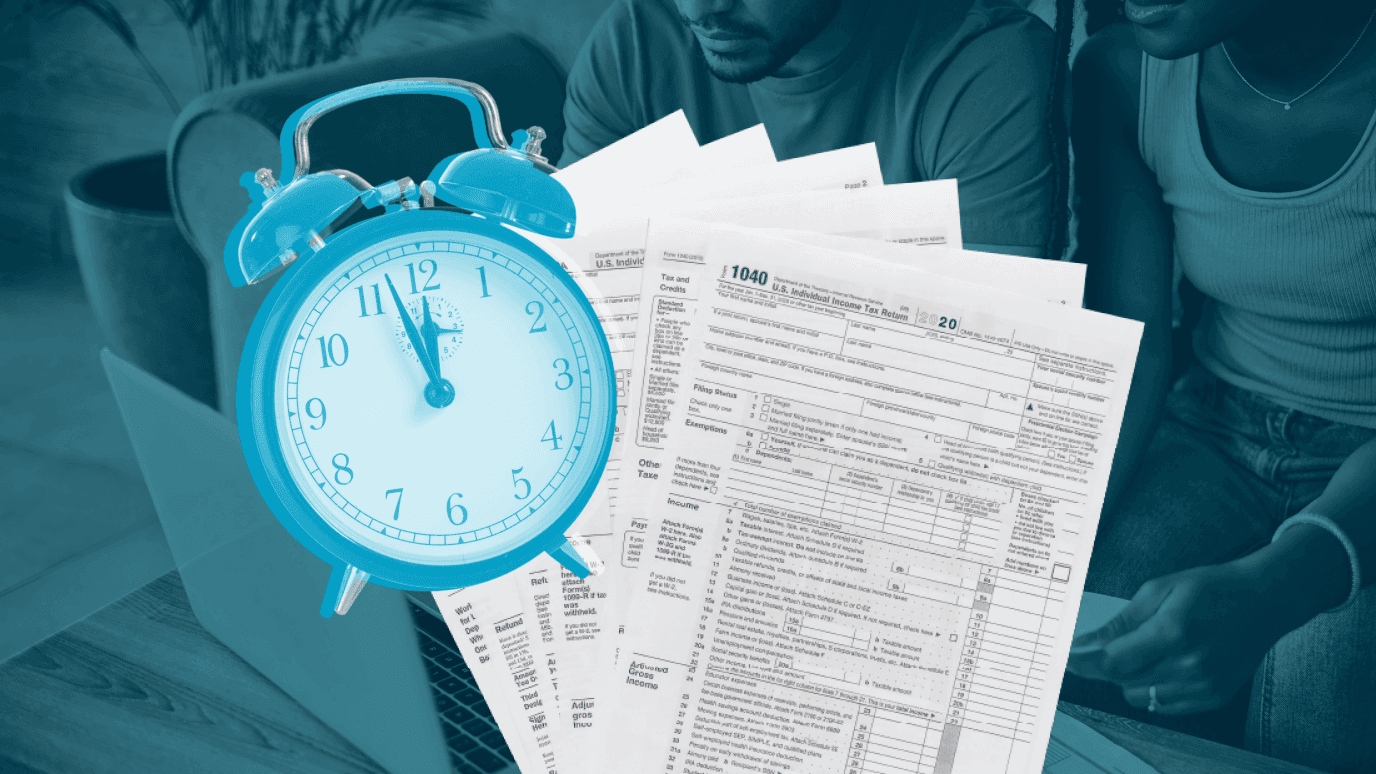Dec 13, 2023
Why It Can Pay to File Your Taxes Early

How long do tax returns take?
It can feel great to complete your federal income tax return when tax season comes around in April. It can feel even better to receive a refund from the Internal Revenue Service (IRS) as a result of that hard work. Each year, the IRS issues refunds to about 76% of taxpayers.
If you’re one of these people, you’re probably itching to get your money back so you can put it to work for you. How long it takes for a refund to hit your mailbox or bank account generally depends on how and when you file your returns, but other factors can come into play.
How long does it take to get a tax refund?
Nine out of 10 taxpayers receive their refunds in less than 21 calendar days after the IRS receives a return. During this period, the IRS sorts and examines returns using computers and live tax reviewers. Typically, a human transcriber enters key data from each paper tax return into the IRS system where computers review it for errors, omissions, or missing documentation. These problems can trigger further review or audit, which will slow the refund process.
If no red flags appear, the IRS processes the return and sends the taxpayer either a refund or a notification of a balance due.
The IRS strongly cautions taxpayers against counting on their refunds arriving on any particular date. Glitches can originate on both the taxpayer’s or the IRS’ end, and the agency cannot guarantee refund dates.
What you can do to speed up your refund
The IRS offers two electronic options that can speed up the processing of your return and refund, and eliminate paper tax forms and refund checks.
E-filing: The IRS introduced electronic tax filing of individual returns in 2008, and today more than 95% of individual returns are e-filed. The data included in e-filed returns automatically migrates to the IRS system and a human transcriber is not needed to record that information. Faster entry and review of data leads to faster payment of refunds.
Direct deposit of refunds: About 80% of taxpayers opt to have their refunds deposited directly into their bank accounts. The IRS advises that direct deposit is the easiest and safest way to transfer money between financial institutions and is also commonly used for Social Security and Veterans Administration payments.
Direct deposit can streamline the refund process. (It’s also cheaper for the IRS than issuing paper checks.) Direct deposit is not instantaneous, however. It can take a bank a couple of days to process the funds it receives through electronic payment networks.
Other common factors that affect refund time
The earlier you file your return, the faster you’re likely to get your tax refund. The IRS typically opens its doors to new returns in late January. Early filers, especially e-filers, who are eligible for a refund may see a direct deposit arrive in their bank account by early February. Assuming a return is clear of problems, the IRS processes returns in the order they are received.
On the other hand, early filers who claim the Earned Income Tax Credit (EITC) or the Additional Child Tax Credit (ACTC) may see a slight delay in receiving their refunds. The Protecting Americans from Tax Hikes Act (PATH) of 2015 requires the IRS to issue refunds to these taxpayers after mid-February. This restriction applies to these taxpayers’ entire refunds, not only the portion associated with those tax credits. Filers who received advance payments of the Child Tax Credit should also make sure they have Letter 6419 on hand when filing.
In many cases, the earliest taxpayers filing for EITC may not receive their refunds until early March. People who file their returns closer to the April 15 deadline should not be affected by the PATH Act restriction.
If the IRS comes across any errors in a return, it may flag that return for further review or audit. This will almost certainly lead to a delay in the processing of your refund. Common red flags include:
A significant change in income when compared to previous years
Income reported by a third party or employer that is not reported in a return
Simple errors such as typos or miscalculations
Self-employment
How to check the status of your refund after 21 days
The IRS offers two online tools to taxpayers whose refunds have not been processed within the standard timeframe. The Where’s My Refund service is updated daily as soon as 24 hours after a return has been received and is designed for use on a desktop computer. The IRS has also created a mobile version for use on smartphones and tablets. Have your social security number and the refund amount you expect to receive when you log in.
Again, taxpayers who claim the EITC or ACTC may experience a delay in their return if they filed early. The IRS typically begins providing the filing status of your tax return around the first week of March, and asks that taxpayers or tax preparers not contact it for updates before that time.
What to do with your refund when you get it
Many Americans have plans for their tax refunds long before they receive the funds from the IRS. For example, they may plan to use the money to buy new clothes or to treat themselves to a vacation. Before simply spending a refund, though, consider a few options for saving your money:
Establish an emergency fund: By depositing a refund directly in an account set aside for emergency expenses, taxpayers can prepare themselves for things like unexpected auto repairs and medical expenses, or even a layoff. Having an emergency fund can help ease the pain of covering those costs while also helping to prevent you from going into debt.
Pay down personal debt: Personal debt, such as credit card and student loans, costs you money in the form of interest. Having too much debt can also hurt your credit score if you don’t pay it off. Using your tax return to get rid of debts can save you money in the long run, and lower the amount you owe over the life of your loans.
Save for retirement: A tax refund can be a good way to boost your retirement savings in a 401(k) or IRA plan.
Set goals: You can set up a Goal within your Stash account specifically for your IRS refund. Or if you’ve set up Direct Deposit, you can have your refund deposited automatically to your Stash account. Plus, with Stash’s auto-invest, you can make regular, automatic investments into your portfolio so you’re not forgetting your long-term investing.
To learn more about investing for your future in an IRA visit Stash Retire.
Related articles

taxes-and-retirement
Jan 06, 2025
Best Financial Products To Buy With Your Tax Refund

taxes-and-retirement
Nov 19, 2024
How to Use Your Tax Refund for a Down Payment on a Home

taxes-and-retirement
Nov 18, 2024
How to Get Your Tax Refund Fast

taxes-and-retirement
Nov 18, 2024
Tax Refund Delay: What You Need to Know

taxes-and-retirement
Nov 18, 2024
Should You Save or Spend Your Tax Refund?

taxes-and-retirement
Nov 13, 2024
How to Use Your Tax Refund to Pay Off Debt
By using this website you agree to our Terms of Use and Privacy Policy. To begin investing on Stash, you must be approved from an account verification perspective and open a brokerage account.
